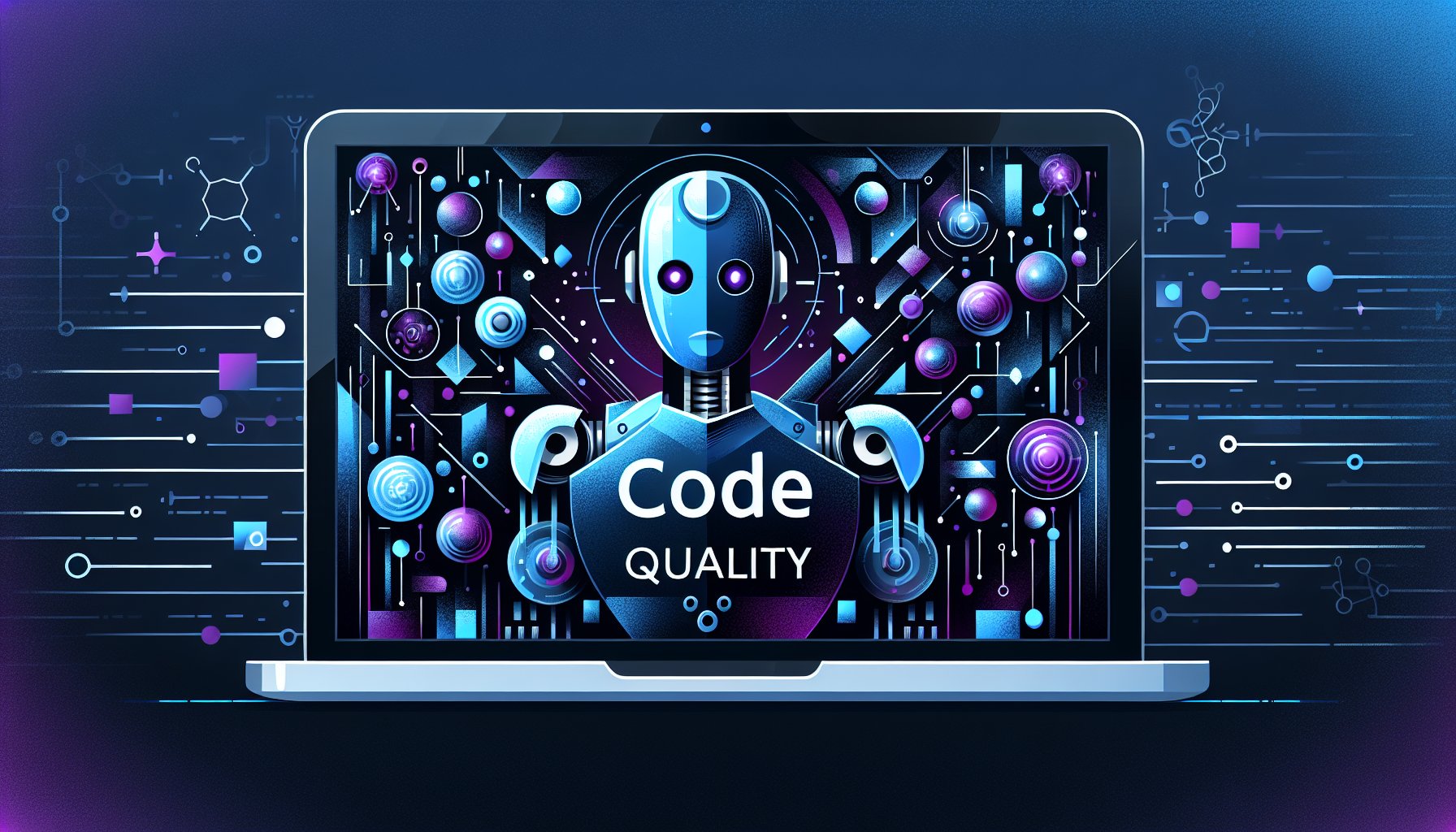Introduction: The Future of Code Quality
The cornerstone of robust software is high-quality code. As we navigate the landscape of software development in 2025, we must prioritize code quality to build resilient, scalable, and efficient applications. This blog post will explore cutting-edge strategies, technologies, and best practices for improving code quality in the modern development era.
Embracing Static Analysis
Static analysis is a powerful tool for improving code quality. It involves inspecting code without executing it, identifying potential errors, bugs, and vulnerabilities. With the rise of machine learning and AI, static analysis tools have become even more sophisticated, capable of learning from past mistakes and providing insightful recommendations for code improvement.
Semantic-Based Static Analysis
Semantic-based static analysis takes this a step further by understanding the context and meaning of your code. This type of analysis can detect more intricate bugs that a syntax-based tool might miss, further enhancing your code quality.
Code Reviews: A Collaborative Approach
Code reviews are another essential component of a well-rounded code quality strategy. They foster a collaborative environment where developers can share knowledge, learn from each other, and catch potential issues before they become problematic. Modern code review tools incorporate features like automated code suggestions, real-time collaboration, and integration with popular development platforms.
AI-Powered Code Reviews
Artificial Intelligence has revolutionized code reviews. AI-powered review tools can now analyze your code, suggest improvements, and even learn from your coding patterns to provide personalized feedback. This not only improves code quality but also accelerates the review process.
Continuous Integration: Ensuring Code Consistency
Continuous integration (CI) is a development practice where developers integrate code into a shared repository frequently. CI tools automatically build and test each code change, ensuring code consistency and quality. As CI practices evolve, more sophisticated features are being introduced, such as parallel testing, intelligent test selection, and automated deployment.
CI/CD: The Next Step
Continuous Deployment (CD) takes CI to the next level by deploying all code changes to a testing or production environment after the build stage. This ensures that software is always in a releasable state, reinforcing the commitment to high code quality.
Conclusion: Staying Ahead in Code Quality
As software development continues to evolve, maintaining high code quality is paramount. By embracing advanced static analysis techniques, collaborative code reviews, and continuous integration practices, you can ensure your code is robust, efficient, and future-ready. Stay ahead by learning about and adopting these innovative approaches to code quality.
Remember, the future of code quality lies in continuous learning and adaptation. Stay updated with emerging trends, invest in the latest tools, and foster a culture of quality in your development team. The future is exciting, and with high-quality code, you are well-positioned to navigate it successfully.